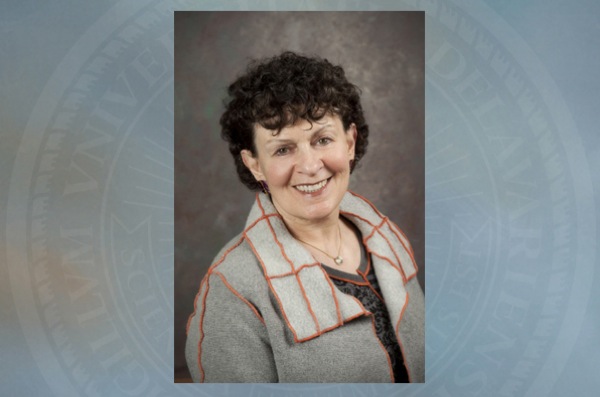

Building blocks
UD's Golinkoff receives IES grant to study spatial skills in preschoolers
12:32 p.m., June 18, 2014--Children are expected to know their ABCs by the time they enter kindergarten. Mastering the alphabet is the first step toward learning to read and write.
But what are the necessary skills a child should develop to learn mathematics? What basic concepts do they need to understand to build a firm foundation? Research points to a strong connection between spatial thinking and early math in older children.
Research Stories
Chronic wounds
Prof. Heck's legacy
Roberta Golinkoff, Unidel H. Rodney Sharp Professor in the University of Delaware’s School of Education, has received a $1.5 million, four-year grant from the Institute of Education Sciences (IES) to explore the effect of developing spatial skills in preschoolers.
“Spatial skills, or the ability to mentally manipulate information about objects in the environment and the spaces we inhabit, are essential for everyday functioning,” said Golinkoff. “Just think about what it takes to put together a puzzle, or to recognize a friend even though her face is horizontal as she is lying on the beach.”
The project will be carried out in preschools and Head Start programs in Delaware and Pennsylvania. Three-year-olds will be asked to copy flat designs composed of geometric forms and will be trained in various ways to improve their performance.
This will be one of the first comparisons of whether children do just as well with physical materials (magnetized geometric pieces) versus digital instruction on tablets. Lori Pollock, professor of computer and information sciences, will consult on this portion of the project.
Approximately 150 students will be tested over the course of three years and long-term follow-ups will also be conducted. Given the links between spatial and math skill, these studies will help to determine how to maximize children’s school readiness.
“Our findings show that low socio-economic status children are disadvantaged on non-verbal spatial assembly tasks relative to their middle class peers,” said Golinkoff. “Therefore we are making a concerted effort to include children of diverse backgrounds and both genders in our testing groups.”
Data gathered from this project will be important for understanding what kind of spatial instruction works best for young children.
“Understanding spatial relationships is crucial for tasks we perform every day in the world, such as packing the trunk of the car to go on vacation or navigating to that special spot. The link to mathematics though, is key for children’s success in school. Blocks, puzzles, map reading -- all these things feed into your kids’ understanding of space and math,” Golinkoff said.
Article by Alison Burris
Video provided by Roberta Golinkoff









